Introduction
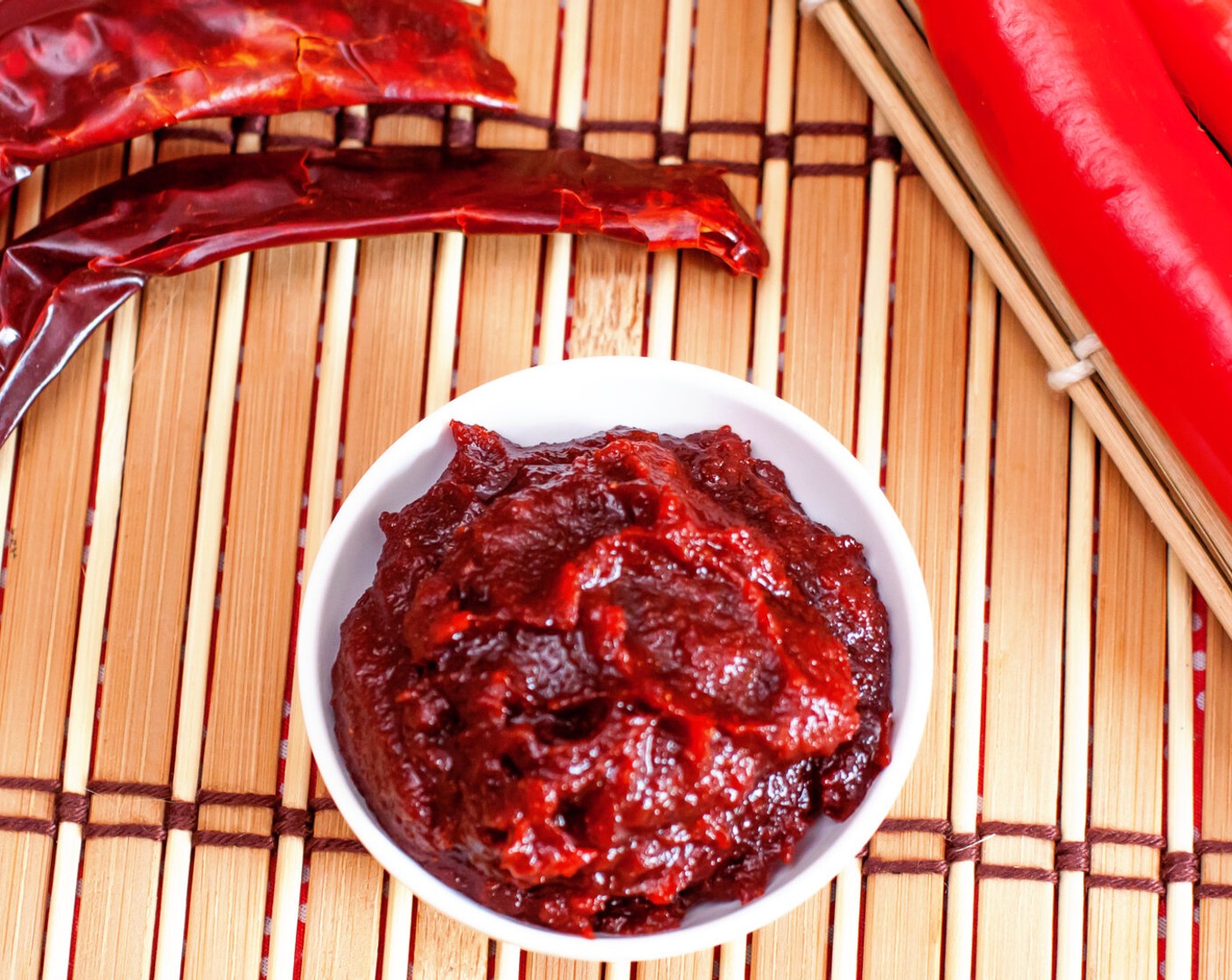
Doubanjiang and Gochujang are two Asian chili pastes that have captivated taste buds around the world. These condiments have not only become staples in Chinese and Korean cooking but have also gained international fame for their unique flavors and spicy profiles. While both Doubanjiang and Gochujang share some similarities, such as their fermented base and chili pepper content, they also possess distinct characteristics that make them stand out. This article will explore the ingredients, production processes, flavor profiles, and culinary uses of Doubanjiang and Gochujang, allowing you to appreciate the nuances of these popular Asian chili pastes.
Overview Of Doubanjiang And Gochujang
Doubanjiang and Gochujang are two popular Asian chili pastes that offer a burst of flavor to dishes. Doubanjiang, originating from China, is known for its salty and fermented taste, with a chunky texture that adds depth to sauces and stir-fries. On the other hand, Gochujang hails from Korea and showcases a tangy and slightly sweet profile, with a smooth and thick consistency. Both pastes are made with chili peppers and fermented beans, providing a unique umami and saltiness to dishes. Their distinct characteristics make them essential ingredients in Asian cuisine, adding complexity and spice to a variety of recipes.
Cultural Significance And Usage In Asian Cuisine
Asian cuisine is rich with diverse flavors and spices, and chili pastes like Doubanjiang and Gochujang play a significant role in its culinary landscape. These condiments are deeply ingrained in the cultural fabric of their respective regions. Doubanjiang is an essential ingredient in Sichuan cuisine, known for its bold and fiery flavors. It adds depth and complexity to iconic dishes like Mapo Tofu and Kung Pao Chicken. Gochujang is a staple in Korean cuisine, offering a harmony of sweet, spicy, and savory notes. It is used in dishes like Bibimbap and Kimchi Jjigae to create the signature umami and heat that defines Korean cuisine. The cultural significance of these chili pastes is evident in the pride and appreciation for their unique flavors across Asian communities.
Doubanjiang: The Chinese Chili Paste
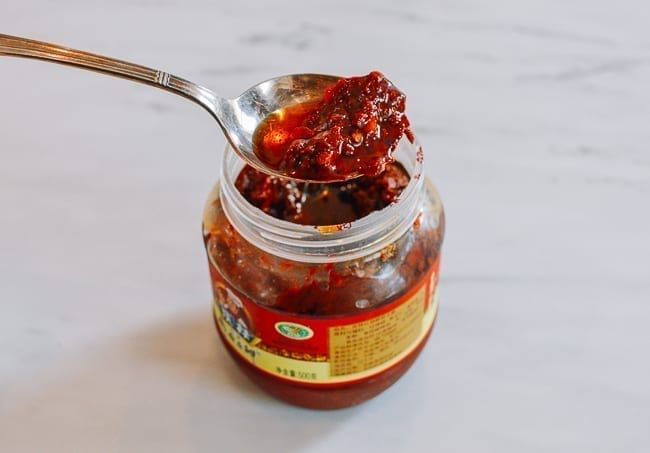
Doubanjiang is a fiery and flavorful Chinese chili paste that has a long-standing history in Chinese cuisine. It is made from fermented broad beans, chili peppers, and a blend of fragrant spices. The paste boasts a rich and complex umami flavor with a lingering spiciness that adds depth to various dishes. Doubanjiang is a staple ingredient in Sichuan cuisine and is used in iconic dishes like Mapo Tofu and Kung Pao Chicken. Its unique taste and versatility have made Doubanjiang a beloved condiment not only in China but also in kitchens around the world.
Doubanjiang Ingredients And Production Process
Doubanjiang is made from a combination of fermented broad beans, chili peppers, and a blend of aromatic spices. The broad beans undergo the fermentation process to develop the distinct flavor and umami richness of the paste. The chili peppers add heat and spice, while the spices such as garlic, ginger, and Sichuan peppercorns contribute their flavors to the mix. The production process involves grinding the fermented beans and chili peppers into a paste and then fermenting it further to enhance the flavors. The resulting Doubanjiang paste is a key ingredient in many Sichuan dishes.
Flavor Profile And Culinary Uses Of Doubanjiang
Doubanjiang offers a unique flavor profile that is salty, spicy, and deeply umami. Its fermented broad beans and chili peppers contribute to its complex and savory taste. This chili paste is an essential ingredient in Sichuan cuisine, known for its bold and fiery flavors. It adds depth and richness to dishes such as Mapo Tofu and Gong Bao Chicken. The versatility of Doubanjiang allows it to be used in stir-fries, marinades, and dipping sauces, enhancing the overall flavor and creating a satisfying umami experience.
Gochujang: The Korean Chili Paste
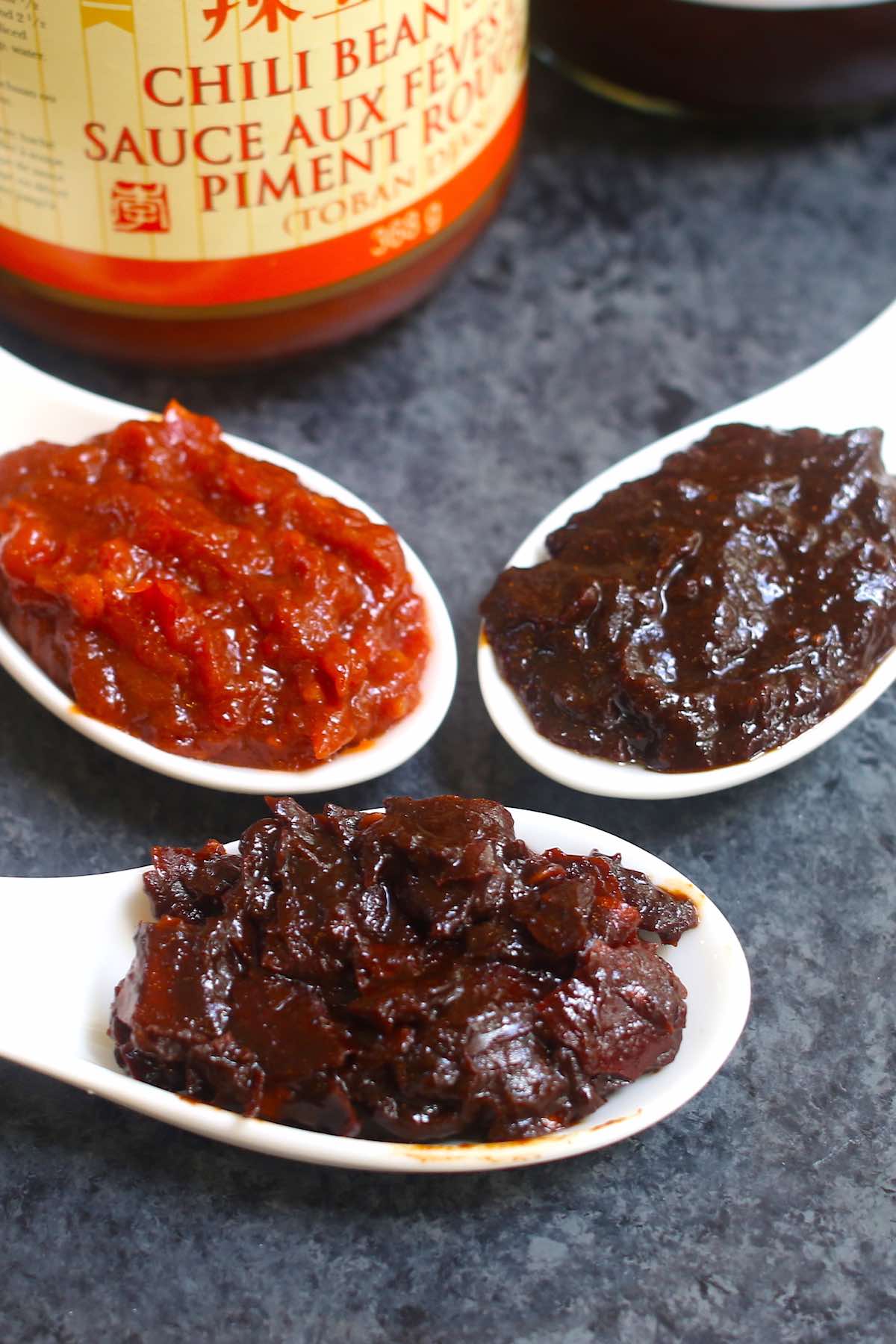
Gochujang is a beloved Korean chili paste that has become a staple in Korean cuisine. Made from a combination of fermented soybeans, chili peppers, rice, and salt, Gochujang offers a unique flavor profile that is both spicy and sweet. The fermentation process contributes to its depth of flavor and rich umami notes. This versatile condiment is used in a variety of Korean dishes, such as Bibimbap, Tteokbokki, and Jjigae. Its bold and complex taste adds a delightful kick to any recipe. Gochujang is also gaining popularity globally, as its distinct flavor continues to captivate taste buds worldwide.
Gochujang Ingredients And Traditional Fermentation Process
Gochujang is made from a combination of fermented soybeans, chili peppers, rice, and salt. The process begins by soaking soybeans and rice in water, then steaming them until they are soft. Red chili powder is added to the mixture, along with salt. The mixture is then left to ferment in large clay jars for months, allowing the flavors to develop. During fermentation, beneficial bacteria break down the starches and proteins, creating a complex and savory taste. This traditional fermentation process is what gives gochujang its unique and robust flavor profile.
Taste Characteristics And Popular Dishes Featuring Gochujang
Gochujang has a unique taste profile that combines sweetness, spiciness, and a rich umami flavor. It has a deep, complex, and slightly smoky taste with a hint of tanginess. The heat level varies depending on the brand and amount used, but it generally provides a pleasant, lingering spiciness.
Gochujang is a staple in various Korean dishes, including the iconic bibimbap (a mixed rice dish with vegetables and meat), tteokbokki (spicy rice cakes), jajangmyeon (black bean noodles), and bulgogi (marinated grilled meat). It is also commonly used as a dipping sauce for fried foods, a marinade for grilled dishes, and a flavoring ingredient in stews and soups. Its versatility and distinct taste make it a beloved ingredient in Korean cuisine.
Doubanjiang Vs Gochujang: Flavor And Heat Comparison
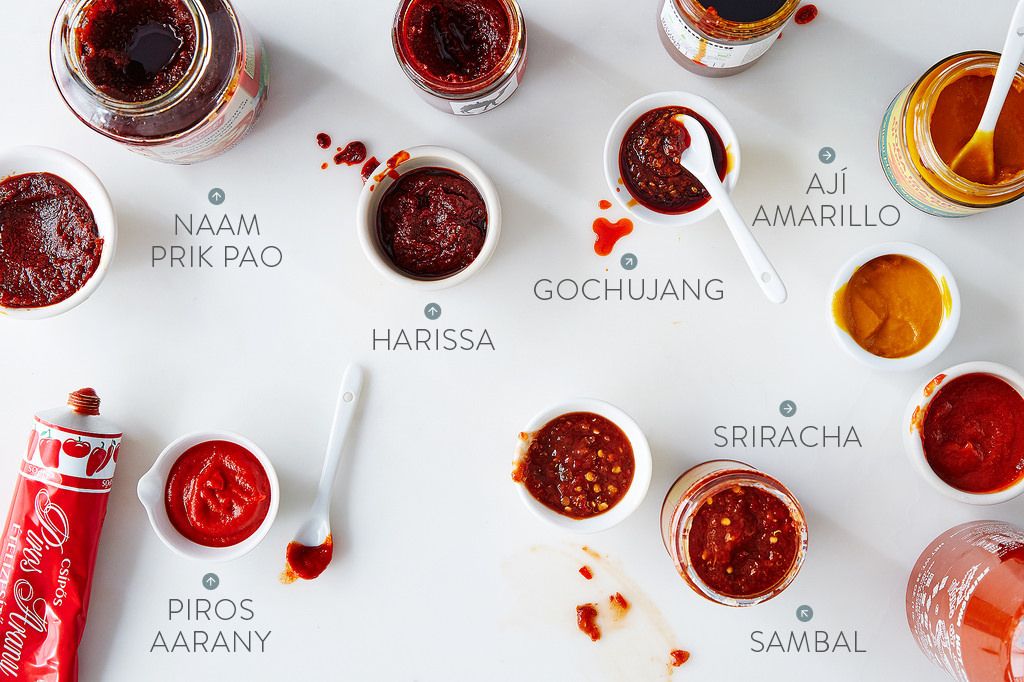
When comparing the flavor and heat of Doubanjiang and Gochujang, there are noticeable differences. Doubanjiang offers a unique taste profile with its fermented broad beans, chili peppers, and spices. It has a rich and complex flavor, with various regional variations adding depth to Chinese cuisine. On the other hand, Gochujang has a distinct taste that combines sweetness, spiciness, and umami flavors. The heat level of Gochujang can vary, but it generally provides a pleasant and lingering spiciness. Both chili pastes offer a range of flavors that enhance different dishes in Asian cuisine.
Doubanjiang’s Unique Flavor Profile Compared To Gochujang
Doubanjiang offers a distinct and unique flavor profile compared to Gochujang. This Chinese chili paste is known for its rich, savory, and fermented taste, with a prominent umami flavor. It has a deep and complex flavor profile, thanks to the combination of fermented broad beans, chili peppers, and various spices. The result is a salty and slightly spicy paste that adds depth and complexity to dishes. In contrast, Gochujang has a tangy, slightly sweet flavor with a balance of spiciness and umami.
Heat Level Differences And Their Impact On Dishes
The heat level of Doubanjiang and Gochujang can vary depending on the specific brand or recipe. However, as a general comparison, Doubanjiang tends to have a higher level of spiciness compared to Gochujang. This difference in heat level can greatly impact the taste and flavor of the dishes they are used in.
Doubanjiang’s spiciness can add a fiery kick and intense heat to dishes, making it ideal for those who enjoy a spicy flavor profile. On the other hand, Gochujang’s milder heat level allows for a more balanced taste, where the other flavors and ingredients can shine through.
It’s important to consider the heat level when using these chili pastes in recipes to ensure that it complements the overall dish and matches your desired level of spiciness.
Application In Recipes
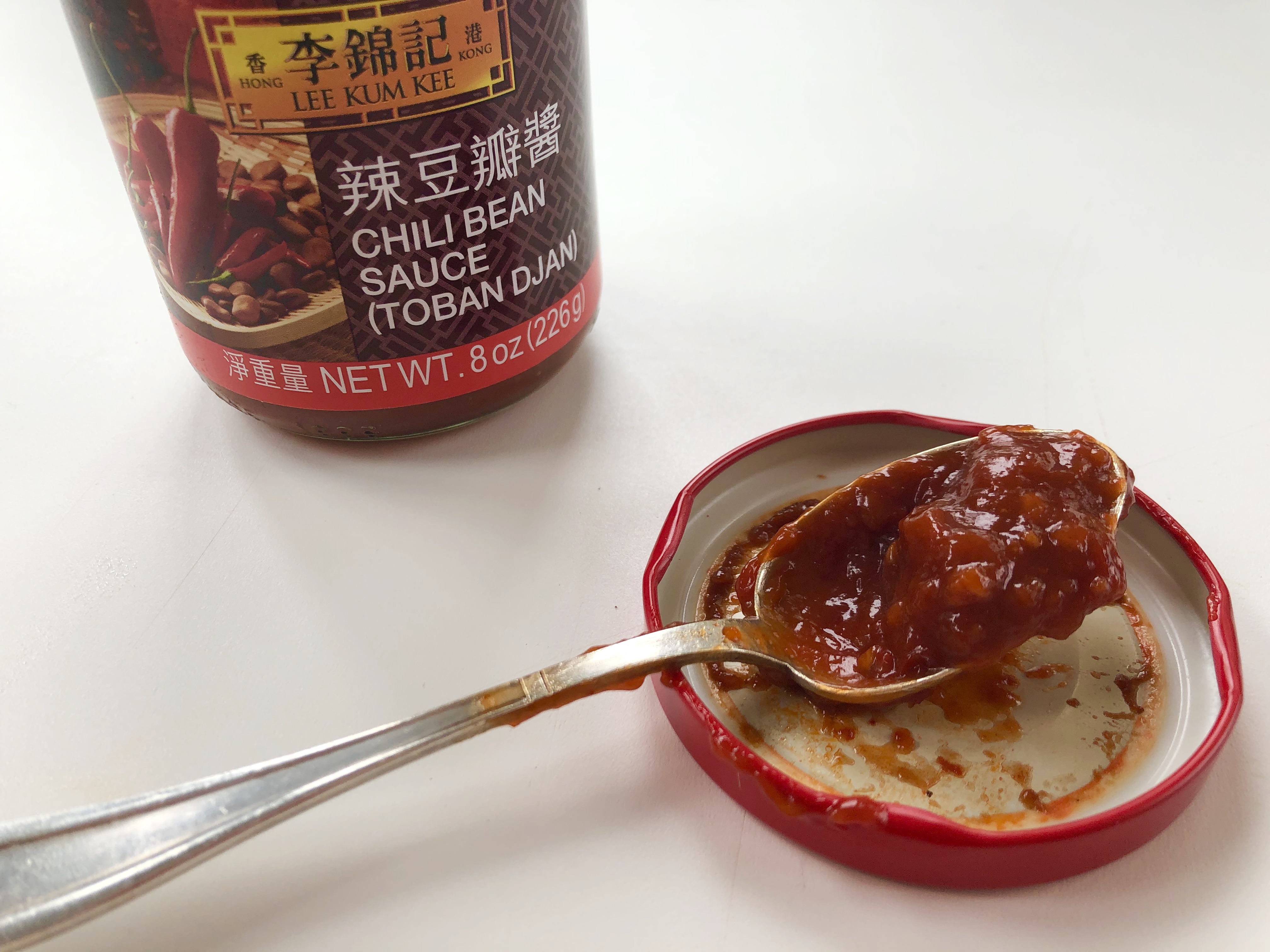
Both Doubanjiang and Gochujang are widely used in various Asian recipes, adding depth and flavor to dishes.
Doubanjiang is commonly used in classic Sichuan cuisine, such as Mapo Tofu and Twice-Cooked Pork. It brings a rich umami taste and a powerful spicy kick to these dishes.
Gochujang, on the other hand, is a staple in Korean cooking. It is used to enhance the flavors of popular dishes like Bibimbap and Tteokbokki. Gochujang adds a unique sweetness, heat, and umami flavor to these recipes.
Both chili pastes can be enjoyed in stir-fries, marinades, and dipping sauces, allowing home cooks to explore the bold and vibrant flavors of Asian cuisine.
Traditional Chinese Recipes Showcasing Doubanjiang
Doubanjiang, a staple in Chinese cuisine, adds a distinctive flavor to many traditional recipes. One popular dish is Mapo Tofu, where the spicy bean paste is used to create a rich and fiery sauce that coats the silky tofu. Another classic is Twice-Cooked Pork, where Doubanjiang is paired with slices of tender pork and stir-fried with vegetables for a savory and spicy flavor. Additionally, Doubanjiang is used in hot pots, stir-fries, and noodle dishes, infusing them with its unique umami and spicy notes. Its versatility makes Doubanjiang a must-have ingredient in Chinese cooking.
Korean Dishes Enriched With Gochujang
Gochujang plays a crucial role in many popular Korean dishes, adding depth of flavor and a distinct spiciness. One such dish is Bibimbap, a rice bowl topped with various vegetables, meat, and a dollop of Gochujang for a spicy kick. Another famous dish is Tteokbokki, chewy rice cakes cooked in a spicy Gochujang sauce. Gochujang is also used in Jjigae, a flavorful stew; as a marinade for grilled meats like Bulgogi; and as a dipping sauce for Korean fried chicken. Its complex flavor and heat make Gochujang an essential ingredient in Korean cuisine.
Conclusion

In conclusion, Doubanjiang and Gochujang are both beloved chili pastes in Asian cuisine that bring unique flavors and spice to dishes. Doubanjiang, with its fermented broad beans and chili peppers, offers a rich umami flavor that is commonly used in Chinese cooking. On the other hand, Gochujang, made from fermented soybeans and chili peppers, brings a slightly sweeter and spicier taste to Korean dishes. While they have similarities in their process of fermentation, their ingredients give them distinct characteristics. Whether you prefer the boldness of Doubanjiang or the fiery kick of Gochujang, incorporating these chili pastes into your recipes will undoubtedly elevate your culinary experience.
Summary Of The Key Differences Between Doubanjiang And Gochujang
Doubanjiang and Gochujang are two distinct chili pastes that are widely used in Asian cuisine. Doubanjiang, originating from China, boasts a bold and fiery kick due to its fermented broad beans and chili peppers. On the other hand, Gochujang, a staple in Korean cooking, offers a balanced flavor profile with its spicy, sweet, and tangy notes, thanks to fermented soybeans, chili peppers, rice, and salt. While both bring heat to dishes, Doubanjiang carries a bolder flavor, while Gochujang provides a more rounded taste experience. These differences make them unique and perfect for various culinary dishes.
Considerations For Selecting The Right Chili Paste For Your Cooking
When selecting the right chili paste for your cooking, there are several factors to consider.
- Flavor Profile: Consider the specific taste you want to achieve in your dish. Doubanjiang offers a bold and fiery kick, while Gochujang provides a more balanced flavor with spicy, sweet, and tangy notes.
- Heat Level: Take into account the desired level of spiciness in your dish. Doubanjiang generally has a stronger heat compared to Gochujang, so adjust accordingly based on your preference.
- Cultural Context: If you are preparing a Chinese or Sichuan dish, Doubanjiang would be the more authentic choice. For Korean cuisine, Gochujang is the traditional option.
- Recipe Compatibility: Consider the recipe you are making and how the flavors of the chili paste will complement the other ingredients. Some dishes may work better with the bold flavors of Doubanjiang, while others may benefit from the well-rounded taste of Gochujang.
By considering these factors, you can select the right chili paste that best suits your cooking needs and delivers the desired flavor profile to your dishes.
FAQ: Doubanjiang vs Gochujang
1. What are Doubanjiang and Gochujang?
Doubanjiang and Gochujang are both traditional fermented chili pastes that originate from China and Korea, respectively. They are staple ingredients in Asian cuisine.
2. What are the main ingredients of Doubanjiang?
Doubanjiang is made primarily from fermented broad beans, chili peppers, and salt. It may also contain various seasonings and spices, depending on the regional variations and brands.
3. What are the main ingredients of Gochujang?
Gochujang is made using fermented soybeans, glutinous rice, chili powder, and salt. Many variations exist, and additional ingredients like garlic, sugar, and vinegar are often included in different proportions.
4. What are the flavors and characteristics of Doubanjiang?
Doubanjiang has a savory, deeply umami flavor with hints of spice. It brings a complex and robust taste to dishes and is known for its rich, salty, and slightly sweet profile. It can have a relatively coarse texture.
5. What are the flavors and characteristics of Gochujang?
Gochujang offers a unique combination of sweet, savory, and spicy flavors. It has a slightly sweet taste, with notable heat and a hint of fermented tanginess. The paste has a smooth and thick consistency.
6. Can Doubanjiang be used as a substitute for Gochujang and vice versa?
While Doubanjiang and Gochujang share a similar purpose of adding flavor and heat to dishes, they have distinct tastes. Therefore, using one as a substitute for the other may alter the intended flavor profile of a recipe. However, they can sometimes be used interchangeably if their distinct flavors complement the dish being prepared.
7. Which cuisines commonly use Doubanjiang?
Doubanjiang is a staple in Sichuan cuisine and is frequently used in dishes such as Mapo Tofu, Twice-Cooked Pork, and Kung Pao Chicken. It also adds complexity to other Chinese regional cuisines.
8. Which cuisines commonly use Gochujang?
Gochujang is most commonly used in Korean cuisine and is an essential ingredient in dishes like Bibimbap, Tteokbokki, and Bulgogi. It is also a popular condiment for Korean street food and stews.
9. Are Doubanjiang and Gochujang spicy?
Yes, both Doubanjiang and Gochujang have a spicy kick. However, the level of spiciness can vary between brands and types. Some variations of both pastes are available in mild, medium, and hot versions to accommodate different heat preferences.
10. Where can one purchase Doubanjiang and Gochujang?
Doubanjiang and Gochujang are widely available in most Asian grocery stores, specialized online retailers, and larger supermarkets with an international food section. They may also be found in select gourmet or specialty stores.
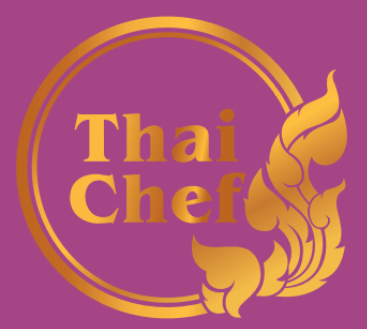
We are a small takeaway restaurant offering a great selection of food cooked by our Thai chef. Table spaces are limited, so please book in advance.